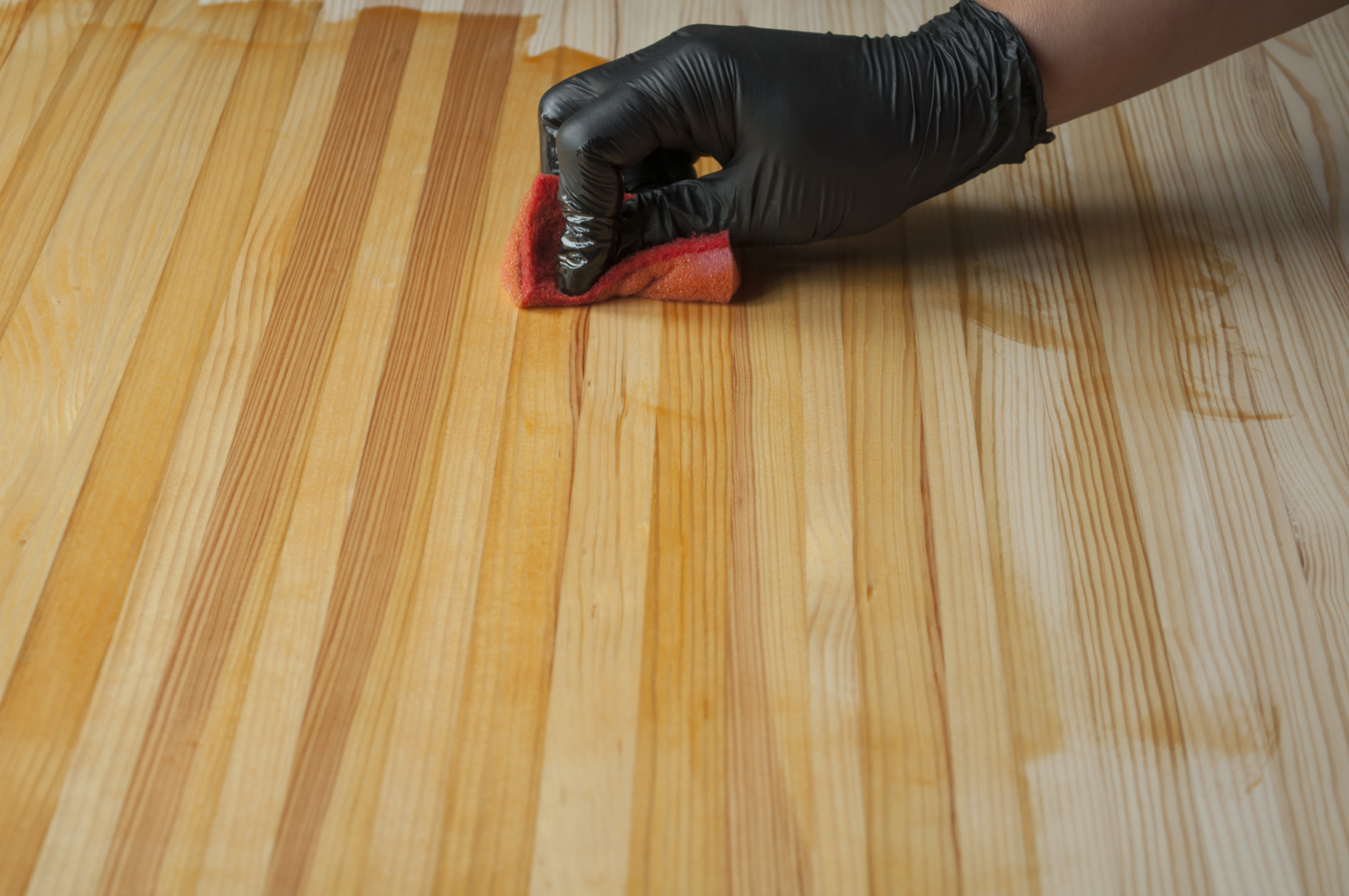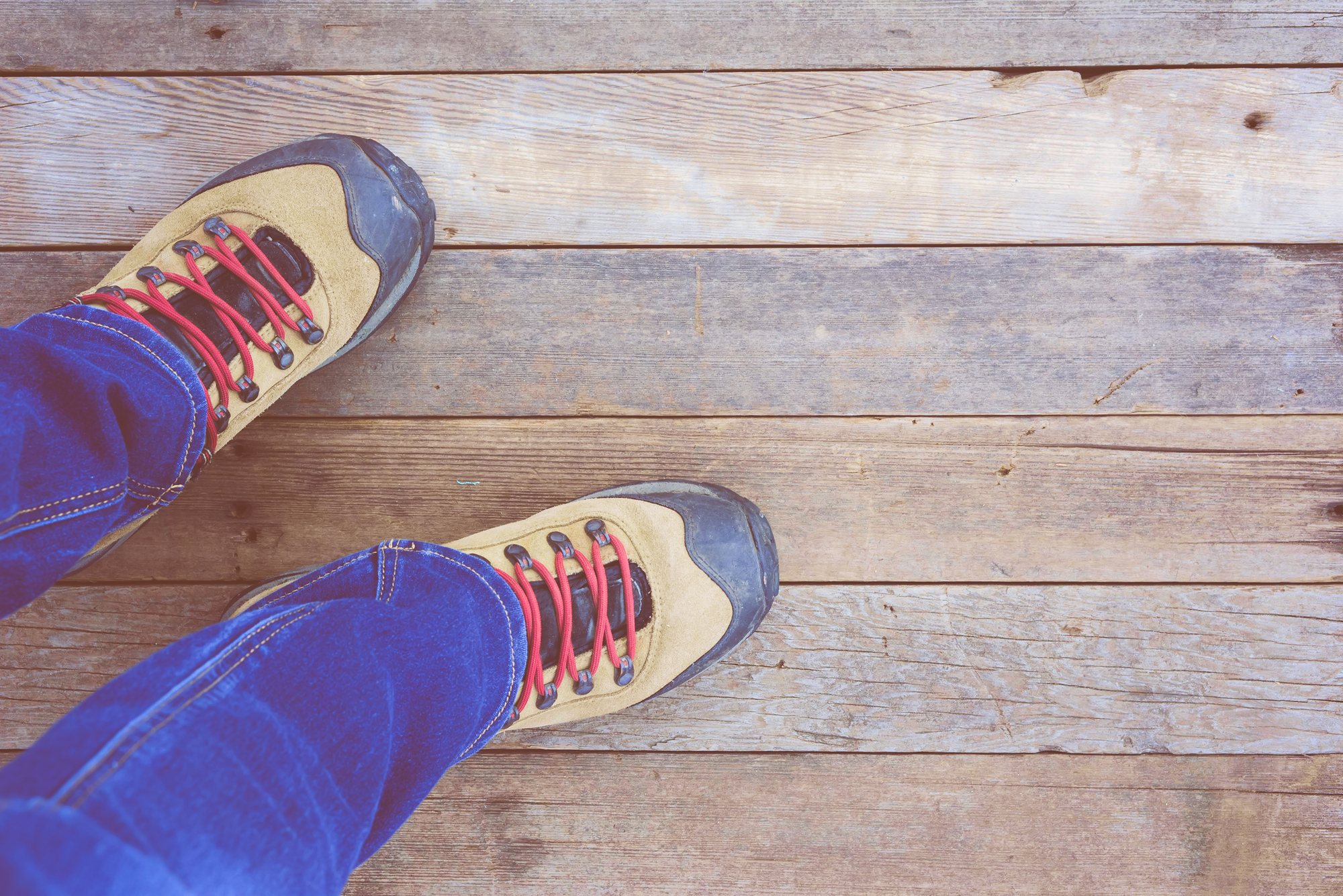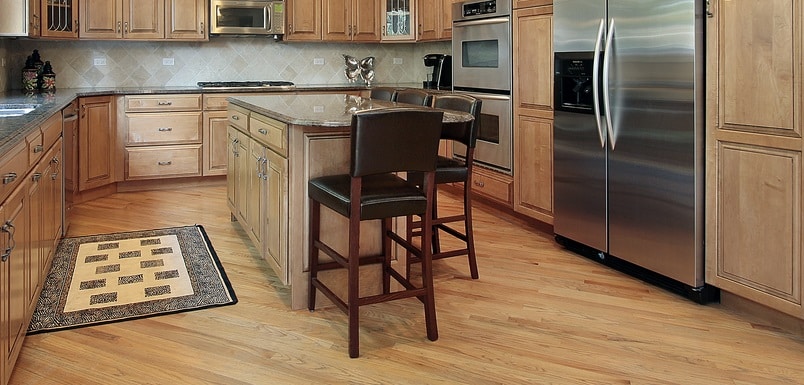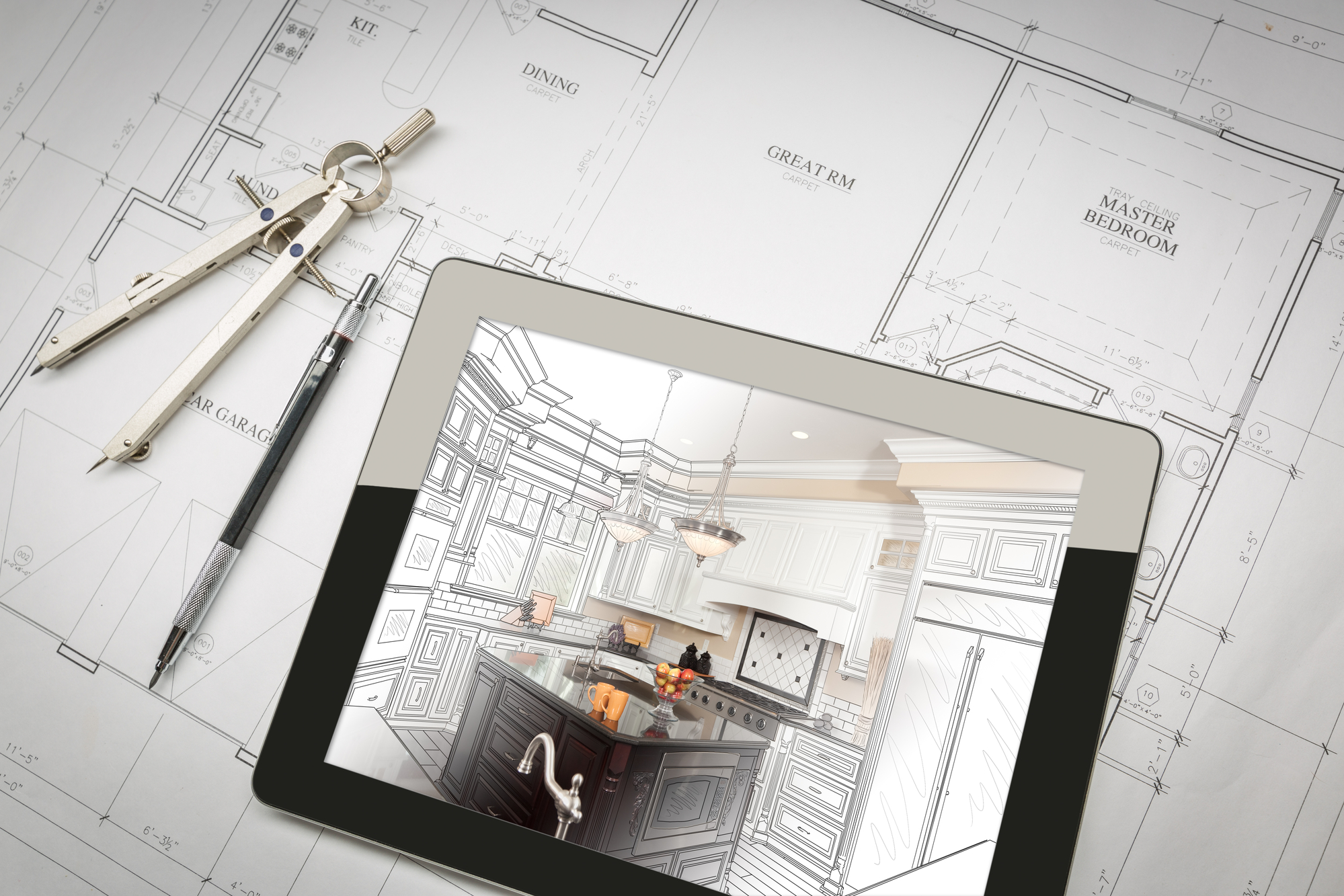Transform Your Home with Waterproof Vinyl Flooring August 26, 2024· by helium_seo Hardwood flooring has long been a favorite choice for homeowners
Read More →Upgrade Your Home with High-Quality Berber Carpet
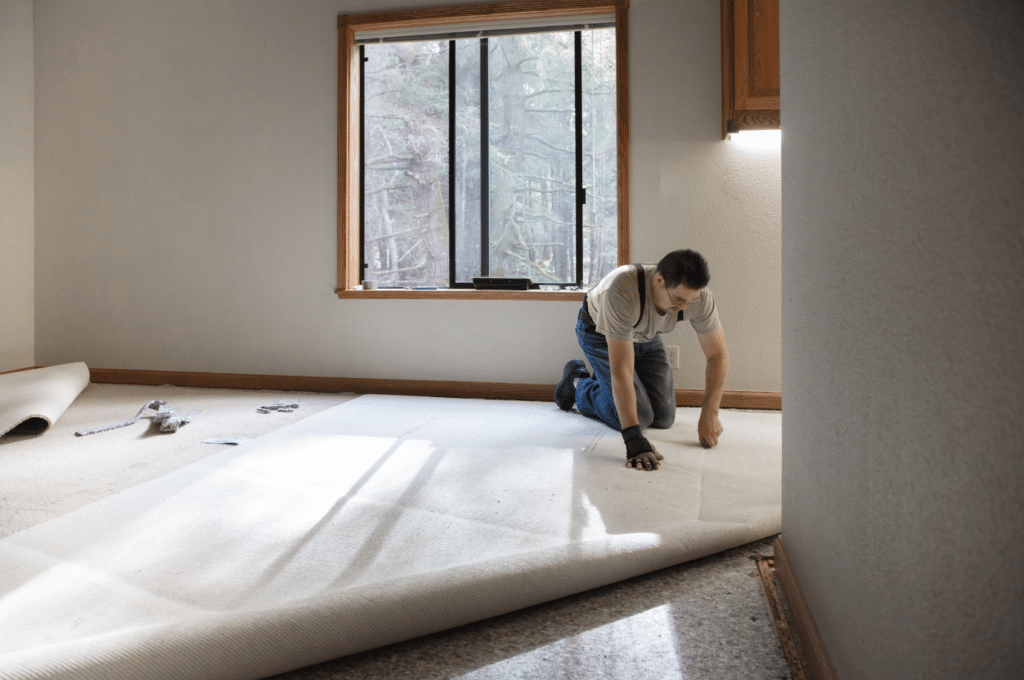
When it comes to choosing the right flooring for your home, Berber carpet offers many attractive qualities that position it as an excellent choice. From its rich history to its unique features and benefits, the Berber carpet presents an affordable and durable option for a wide range of interiors.
Join us as we delve into the origins and attributes of the Berber carpet and explore why homeowners and interior designers alike choose it for its undeniable charm and enduring appeal.
What is Berber Carpet?
Berber carpet refers to a type of carpeting defined by its loop pile construction. Instead of having individual fiber ends cut to create a smooth surface, this carpet features uncut loops that create a distinct textured look. These loops are typically made from nylon, olefin, or wool and come in a variety of colors and patterns.
While traditionally inspired by the woven rugs of the Berber people in North Africa, modern Berber carpets can range from solid-colored to flecked with contrasting tones. The looped construction offers several advantages, including:
- Durability: Berber carpet is known for its resilience against wear and tear, making it a good choice for high-traffic areas.
- Stain Resistance: The looped texture can help prevent spills from soaking deep into the fibers, making cleaning easier.
- Affordability: Compared to some other carpet styles, Berber carpets tend to be a more budget-friendly option.
Distinctive Loop-Pile Construction
The loop-pile design of Berber carpet is not just about elegance; it’s engineered for endurance. This distinctive construction delivers a smooth, cushioned walk and minimizes the visibility of footprints and vacuum tracks, making it an excellent choice for busy households. Unlike the plush texture of Saxony carpet, the loop pile of Berber offers a neat, consistent look.
Variety of Colors and Patterns
While traditional Berber carpets exhibit neutral shades like beige and gray, contemporary interpretations include a vast spectrum of colors and patterns. From cool grey carpets to vibrant greens, the options cater to diverse interior themes. The introduction of luxury vinyl tiles and hardwood floors into modern home designs has influenced Berber carpet manufacturers to expand their color palettes and patterns, ensuring compatibility with various decor styles.
Differing Types of Berber Carpets: Wool, Nylon, and Olefin
Berber carpets come in several varieties:
- Wool Carpets: Echoing the tradition, wool Berber carpets are valued for their warmth, comfort, and natural stain resistance. They represent the premium segment in Berber carpeting, offering a luxurious feel underfoot.
- Nylon (Anso Nylon): Nylon Berber carpets are known for their resilience and ability to spring back, making them suitable for areas with heavy foot traffic. Anso nylon, a variant, adds enhanced stain resistance.
- Olefin: Olefin, or polypropylene, carpets are cost-effective and excel in stain resistance. Though less soft than wool or nylon, they’re an affordable option for budget-conscious homeowners.
Selecting the right material depends on the homeowner’s preferences for feel, durability, and budget. Whether it’s the luxury of wool, the resilience of nylon, or the affordability of olefin, Berber carpet caters to varied tastes and needs.
Want to learn more about different flooring styles and their benefits? See our guide on carpet flooring here.
Top Reasons Why Berber Carpet is Ideal for Any Home
Durability that Stands the Test of Time
Thanks to its tight weave and loop construction, this carpet is inherently robust. This toughness allows it to withstand the demands of daily life, from kids’ playtimes to adult gatherings, making it a practical choice for living spaces and offices alike.
Stain Resistance for a Clean and Maintained Look
One of the key advantages of Berber carpet is its superior stain resistance, especially in olefin and treated nylon varieties. This resistance is crucial for maintaining a clean and inviting atmosphere in your home, reducing the stress of spills and dirt.
Comfort and Insulation Features
Beyond aesthetics and durability, these carpets offer exceptional comfort and thermal insulation. Their thick loop pile creates a cushioned surface that is gentle on your feet and helps keep the room warm in winter and cool in summer, contributing to energy efficiency.
Affordability and Cost Effectiveness
Despite its many benefits, Berber carpet remains an affordable flooring option. Its cost-effectiveness is evident not just in the purchase price but in the long-term savings on heating bills due to its insulating properties. Whether you opt for wool, nylon, or olefin, this carpet delivers value for money, making it accessible for a wide range of budgets.
How to Maintain and Care for Your Berber Carpet
Maintaining your Berber carpet is essential for its longevity and appearance. Regular maintenance can help your carpet withstand the wear and tear of daily life, ensuring it remains a cozy and inviting part of your home for years to come.
Regular Vacuuming for Prolonged Carpet Life
Regular vacuuming is the first step in maintaining your Berber carpet. The unique loop construction of these carpets can trap dirt and dust easily, so vacuuming at least twice a week is recommended. Use a vacuum with a strong suction, but avoid beater bars or brushes, as these can damage the loops and lead to fraying over time. Tips to remember include:
- Vacuum in different directions to ensure all dirt is picked up.
- Consider using a vacuum attachment for edges and corners.
By regularly removing dirt and debris, you help maintain the integrity of the Berber fibers, ensuring they remain plush and vibrant.
Spot Treatment and Deep Cleaning Methods
When spills occur, it’s crucial to act quickly. Blot spills immediately with a clean, dry cloth to prevent the liquid from soaking into the fibers. For tougher stains, use a mild detergent mixed with water, applying it gently onto the stain. Rinse by blotting with a damp cloth and allow it to dry completely. Other tips include:
- Test cleaning solutions on a hidden area first to ensure colorfastness.
- Consider professional deep cleaning annually, especially for high-traffic areas.
Remember, Berber carpets are known for their stain resistance, but prompt treatment of spills is key to preventing permanent damage.
Preventing Snags and Pulls
Berber carpets’ looped design makes them susceptible to snags and pulls. To prevent this, regularly trim any pulled loops with scissors, ensuring you cut them at the base to avoid unraveling. Additionally, keep sharp objects away from your carpet, and use caution when moving furniture. Other tips include:
- Place protective pads under furniture legs to prevent pulling.
- Train pets to keep their claws trimmed to minimize snagging.
- Avoid using a vacuum with rotating brushes or beater bars.
The Environmental Impact of Berber Carpets
Berber carpets are not only durable and stylish but also have a lower environmental impact compared to other flooring options. Eco-friendly materials and energy-efficient properties make these carpets an excellent choice for environmentally-conscious homeowners.
Eco-Friendly Materials in Berber Carpet Construction
Many Berber carpets are made from natural fibers like wool, making them a sustainable choice. Wool carpets are biodegradable and renewable, derived from sheep that can be sheared annually. Additionally, some of these carpets are produced from recycled materials, which helps reduce waste and promote recycling initiatives.
By choosing carpets made from eco-friendly materials, you contribute to a healthier environment while enjoying the warmth and beauty of natural fibers in your home.
Energy Efficiency Contributions
Berber carpets also contribute to energy efficiency within the home. The dense looped construction provides natural insulation, keeping your home warmer in the winter and cooler in the summer. This can lead to lower heating and cooling costs, reducing your carbon footprint and saving money on utility bills.
Not only does Berber carpet add a stylish and comfortable touch to your home, but it also offers eco-friendly and energy-saving benefits. By maintaining your carpet properly and understanding its environmental impact, you’ll enjoy a beautiful, durable, and sustainable flooring solution for many years to come.
Industry Insight from High Performance Home
Do you want to learn more about home topics like flooring and appliances? High Performance Home has you covered. As industry experts, we are eager to connect stakeholders in the home industry to drive quality and innovation.
Dive into our blog to find topics like how to find high-quality hypoallergenic carpets and how to find the right carpet padding. We also cover broad topics like our complete flooring guide.
Let our team help educate you on the home industry so you can make the right decision for your space. Visit the High Performance Home website to get started.
Frequently Asked Questions
What is special about Berber carpet?
Berber carpet is distinguished by its unique construction and appearance, featuring a loop pile that creates a dense, durable surface ideal for high-traffic areas. Originating from the Berber tribes of North Africa, its distinct patterns and natural, earthy tones add a warm, textured look to any room. Additionally, Berber carpet is known for its stain resistance and ease of maintenance, making it a popular choice for both residential and commercial spaces.
Is Berber more expensive than regular carpet?
Berber carpet is generally considered more expensive upfront than many types of regular carpet due to its unique construction and durability. It is made from a looped style of weaving that can resist heavy foot traffic and stains, adding to its longevity and potentially saving money over time. However, the exact price difference can vary based on the material (wool, nylon, olefin) used in the Berber carpet and the specific type of regular carpet it is being compared to.
Is Berber carpet still fashionable?
Berber carpet continues to hold a place in contemporary interior design due to its durable construction, versatile aesthetics, and comfort underfoot. Its characteristic loop pile and flecked color patterns give it a distinctive look that complements a variety of decorating styles, from modern to traditional. While trends in flooring evolve over time, Berber carpet’s practical benefits and adaptability ensure it remains a popular choice among homeowners and designers seeking both style and functionality.
Discover High-End Luxury Vinyl Tile Flooring August 26, 2024· by helium_seo When you step into a home with solid hardwood floors, you
Read More →Transforming Your Home with Laminate Flooring August 26, 2024· by helium_seo Engineered hardwood has become increasingly popular among homeowners and contractors alike,
Read More →Incorporating Garage Tile Flooring in Your Home August 26, 2024· by helium_seo Is your home flooring ready for an upgrade? Elevating your
Read More →
